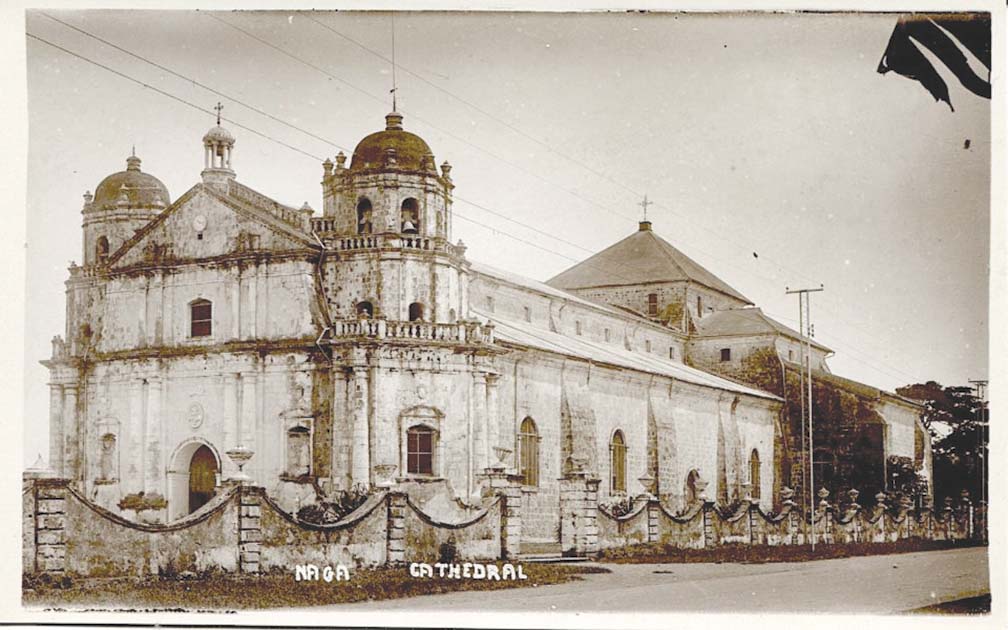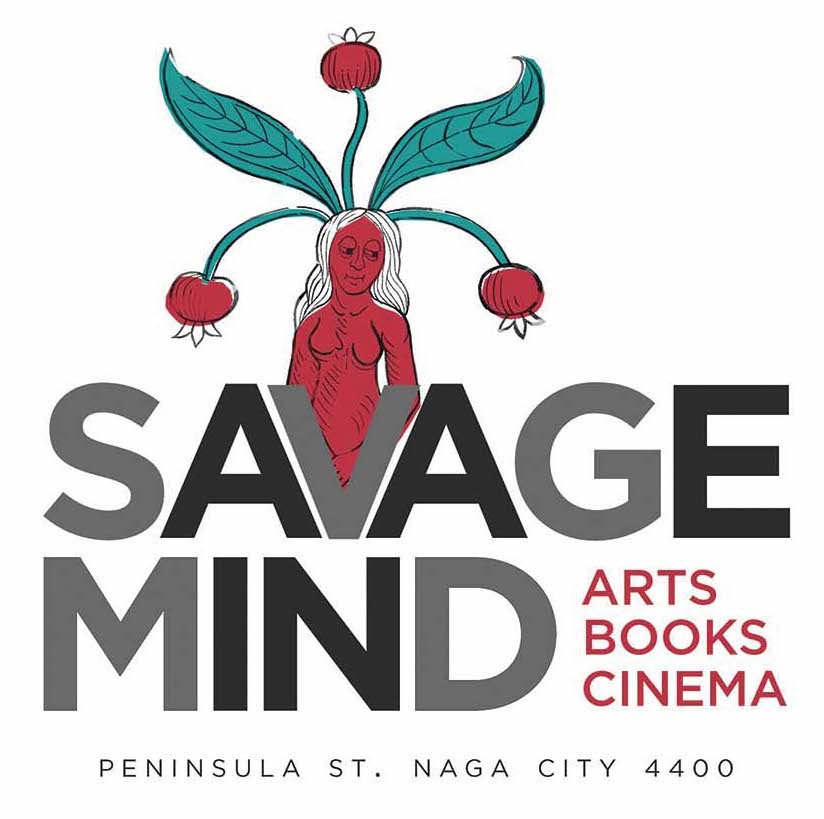Allow me to highlight the work of translation as an integral part in writing our literary histories. For it is very seldom that we consider translation or a trans-creation or an adaptation as part of what we may call as the “literary canon.”
Devoid of a sense of nationality or an ethno-linguistic origin, the translated work remains the eternal outsider of our literary canon.
For many who always look for the original, the pure, or the true source, there seems to be an automatic low regard to the works of translation.
However, let us consider the case of the Bible. All available texts are in translation but we do not see it as part of our literary histories.
Further, let us take for example the case of Jose Rizal who is by far the most widely read and translated ‘Filipino’ author.
He wrote his two novels in Spanish, which are taught under Filipino classes in high school, but seldom do we hear teachers clarify or at least inform their students that what we are dealing with are works in translation.
Imagine what insights we can draw from the Bible or the novels of Rizal, if we start being conscious about it as translated texts that have evolved through the years.
Regrettably, the 1961 translations of Rizal’s novels did not in a way popularize and elevated our understanding neither about the Bikol language nor about Jose Rizal.
SIGLO DE ORO
Jethro Calacday, a History graduate student in Yale has sent me a copy of the 1898 Gospel of Luke and I can only be happy locating the similarities and differences of this text to its contemporary version authorized by the Philippine Bible Society.
Another translation of the same gospel is now available in Buhinon-Bikol. As someone who actively surveys the development of Bikol writings, I consider the works of translation as an integral part in the histories of our region.
In fact, if there was a time that we can claim as a siglo de oro of Bikol Literature, Dr. Maria Lilia Realubit, the foremost Bikol literary historian, locates it during the incumbency of the Spanish Dominican Bishop, Francisco Gainza (1862-1879).
As bishop, he was responsible for reinstituting the diocesan seminary to a seminario-colegio and the founding of the first normal school for women in the Philippines, the Universidad de Santa Isabel.
Gainza’s zeal to educate the native population can be gleaned in his reforms in the formation of the clergy and the advancement of education catering to the rising middle class of this period.
He was also responsible for building new roads, a leprosarium, and the establishment of a town that now bears his name. He also even thought of building a river canal that will link the seaport in the town of Pasacao up to the river of Nueva Caceres. More than these physical structures, however, his ‘crowning glory’ is his support for translation and subsequent publication and distribution of these works.
DEVOTIONAL MATERIALS

Up to these days, the Pasyon Bikol, a translation by Tranquilino Hernandez, (a layman from the town of Polangui) remains a popular reading material among Catholic Bikolanos.
Aside from the Pasyon, Gainza also commissioned the re-publication of the Marcos de Lisboa’s Vocabulario de la Lengua Bicol and a four volume of homilies written in 19th century Bikol language.
He also commissioned the Bikol translation of Modesto de Castro’s Urbana at Feliza, translated into Bikol by Fruto del Prado, a modified version of the Spiritual Exercises of Saint Ignatius, and a Bikol translation of the History and the Novena of Our Lady of Peñafrancia, which remains the primary source about the devotion to Ina.
These materials are now digitally available through the Bibleoteca Nacional de España in Madrid.
Discovering these troves, we launched the Bikoliana Klasika Series through the Ateneo de Naga University Press in 2015.
Our goal is to make these books physically present in our libraries and in our churches to encourage people to use these texts as devotional materials.
VITAL SUPPORT
One wonders why there are no extant physical copies of these materials in the libraries in Bikol. Is it because of the war? Naga, in particular, the Archbishop’s Palace, was reduced to nothing during the so-called Liberation. Or is it the Typhoons?
Regardless of the possible conjectures on why these texts disappeared from our localities, we believe that the deep appreciation to one’s language comes first in any human development. And if this is to happen in a region like Bikol, we must continue to value our writings and our thoughts expressed in the language that we can rightfully claim as ours.
Further, if this kind of Bikol language is to survive, institutions like the Church and its allied institutions like Ateneo de Naga must consider our languages as an important part of our patrimony and must actively be involved in the task of writing, translating, and publishing in Bikol.
For our part, in the Ateneo de Naga University Press, our goal is to provide vital support in the intellectual development of Bikol and the global promotion of Bikol culture and heritage. Thus, we must continue to articulate and contend with the crises presented by the issue of languages and identities.
I am happy to note that upcoming publications under the Bikoliana Klasika series will include the translation to Bikol and English of the initial geological studies on Mount Isarog and Mayon Volcano, written in Spanish, and conducted at the turn of the 20th century. We can only hope that these publications will gain support from our public.
For a multilingual region like Bikol, we cannot just content ourselves with the usual set-up that particularly locates regional literatures as part and parcel of a national literature.

www.facebook.com/SavageMindBikol/ or email us at savagemindbokshop@gmail.com or text at 09167615121.
The case of Bikol, I believe can also be exemplified in other regional writings. We must navigate our own histories, and intensify our cross-regional publications that will bring other literatures from other parts of the Philippines available in Bikol and vice-versa.
We are determined to change our course to look for new genealogies where the idea of the nation is not imposed upon us, but is borne out of the texts produced, translated, and unraveled in and from the region(s).


